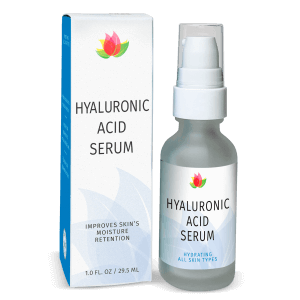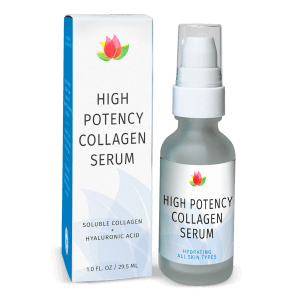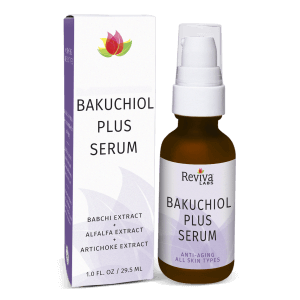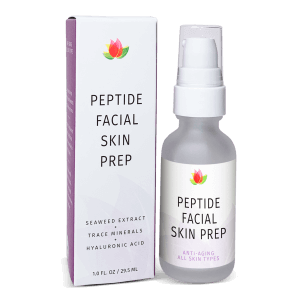Natural, Reviva Labs, Skin Care
The Best Skincare Routine for Fall Weather
As the warm, sunny days of summer give way to the crisp, cool air of fall, it’s not just your wardrobe that needs a seasonal shift. Your skincare routine also needs a revamp to tackle the challenges brought on by the changing weather. This quick guide will help you navigate through the transition with expert advice, dermatologist-recommended products, and practical tips.
Understanding the Impact of Fall Weather on Your Skin
One of the most noticeable changes as summer transitions to fall is the drop in humidity levels. This results in dry, stale air that can make your skin feel parched and itchy. The lack of humidity can disrupt your skin’s natural moisture barrier, leading to dryness, flaking, and even conditions like eczema. In addition, indoor heating systems can further dehydrate your skin, leading to increased sensitivity and irritation.
The Importance of Adapting Your Skincare Routine for Fall
Just like you switch your flip-flops for boots and shorts for jeans, your skincare routine needs a seasonal switch too. The lightweight, oil-free moisturizer that worked perfectly in summer may not provide enough hydration in the cooler months. The key is to add more moisture to your skin, helping it retain hydration and combat the dryness and irritation caused by the fall weather.





Dermatologist-Approved Tips for a Fall-Ready Skincare Routine
Take note of these expert-approved tips for updating your skincare routine for fall:
1. Upgrade Your Moisturizer
Transition from a lightweight lotion to a thicker, more hydrating cream. Look for products with ingredients like ceramides and hyaluronic acid which are known for their hydrating properties. These components help to replenish the skin’s natural moisture barrier, preventing dryness and irritation.
2. Include Sun Protection
Even though the sun may not seem as intense as in summer, its harmful effects persist throughout the year. Incorporate a daily sunscreen into your routine or use products with built-in SPF to combat the harmful UVA and UVB rays.
3. Limit Exfoliation
While exfoliation is essential for removing dead skin cells and promoting cell regeneration, over-exfoliation can lead to skin irritation, especially in drier weather. Limit exfoliation to once or twice a week during fall and winter months.
4. Invest in a Humidifier
A humidifier can help compensate for the dry indoor air caused by heating systems. It adds moisture to the air, helping to keep your skin hydrated.
5. Take Care of Your Lips and Eyes
Your lips and eye areas are particularly susceptible to dryness. Invest in a good quality lip balm and an eye cream to keep these areas moisturized and protected.
6. Add Serums to Your Routine
Serums are a great way to deliver a concentrated dose of active ingredients to your skin. Look for serums with hydrating ingredients like hyaluronic acid to boost your skin’s moisture levels.
7. Don’t Forget Your Body
While we often focus on the skin on our faces, it’s important not to neglect the rest of your body. Switch to a more hydrating body lotion or cream to keep your skin soft and supple.
8. Drink Plenty of Water
Staying hydrated from the inside is just as important as moisturizing your skin from the outside. Drink plenty of water throughout the day to help maintain your skin’s hydration levels.
9. Choose Fragrance-Free and Oil-Free Products
Fragrances and oils can irritate dry, sensitive skin. Opt for fragrance-free and oil-free moisturizers to avoid causing further dryness and irritation.
10. Consider Professional Treatments
Fall is a great time to consider professional skincare treatments like chemical peels or laser resurfacing. These treatments can help to remove the damaged outer layer of skin, revealing fresh, new skin underneath.
Wrapping Up
Transitioning your skincare routine from summer to fall may seem like a daunting task, but with the right guidance and products, it can be a smooth and beneficial process. Remember, everyone’s skin is different, so it’s essential to listen to your skin’s needs and adjust your routine accordingly. If you’re unsure about what products or routine is best for your skin type, consult with a dermatologist or skincare professional. By taking the necessary steps to protect and nourish your skin, you can ensure that your complexion remains healthy and radiant throughout the fall season.












